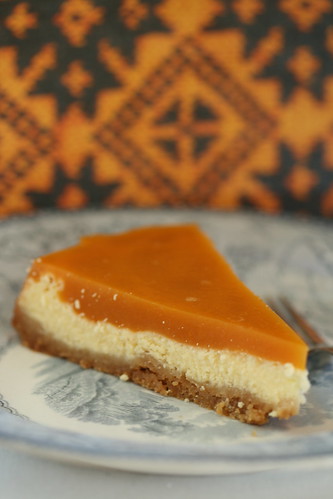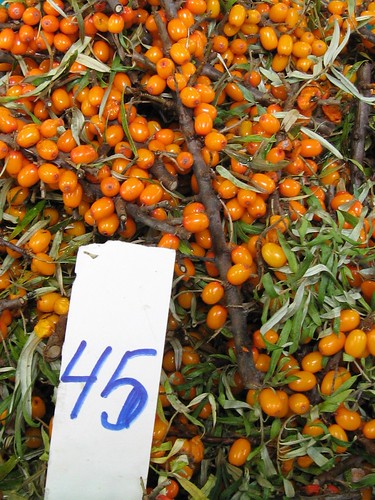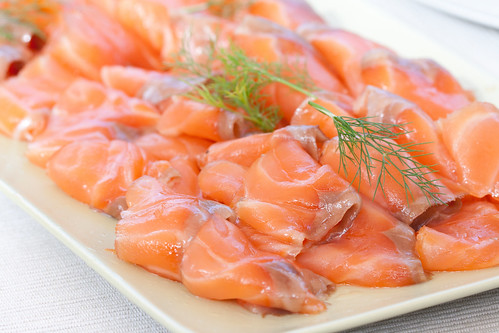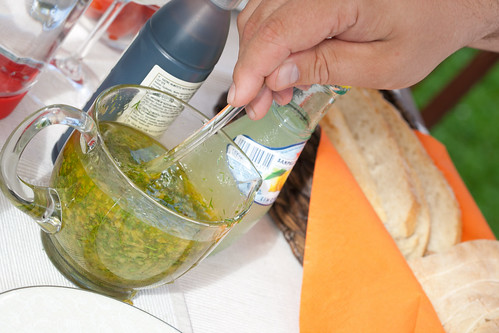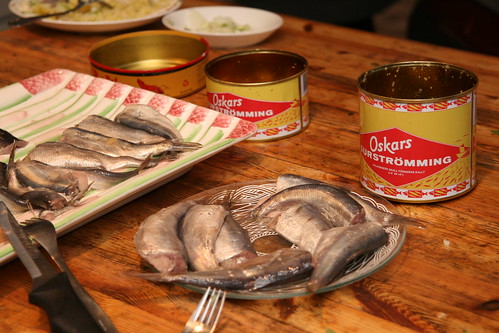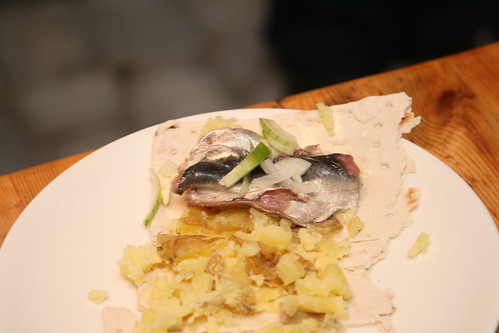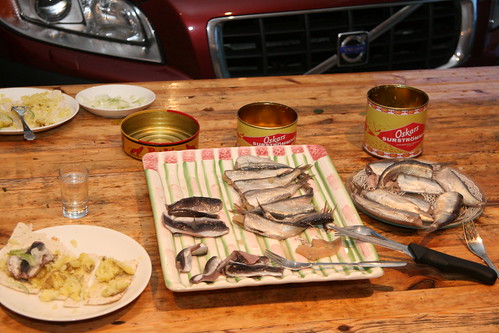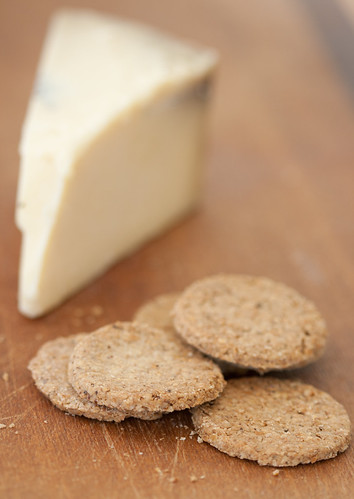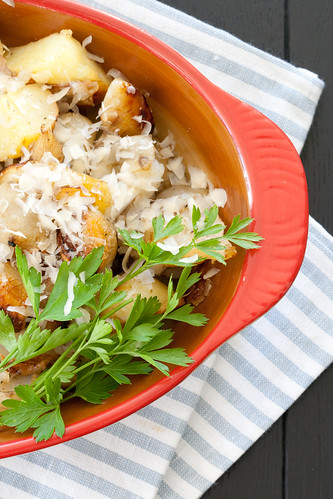
Jerusalem artichoke (Helianthus tuberosus), also known as sunchoke, sunroot, topinambur, earth apple (and curiously, 'earth pear' or maapirn in Estonian) is a great and flavoursome vegetable to grow. Once the tubers are in the ground, they need no attention from you, and you can leave the new crop in the ground until you want to use them. We were shovelling snow and digging out fresh Jerusalem artichokes throughout the last winter and as late as in April were awarded with young and fresh sunchokes looking like this - they're were frost-tolerant:

It's invasive, however, so be careful to allocate it a spot where it can take over and grow in peace!
The recipe for lemon-roasted Jerusalem artichokes is from Nigel Slater, with some minor changes. A lovely alternative to your regular roast potatoes - and a great option for Meatless Monday.
Lemon-roasted Jerusalem artichokes with Parmesan and parsley
(Röstitud maapirnid sidruniga)
Serves 4 to 6

750 g Jerusalem artichokes/Sunchokes
250 g (new) potatoes
1 lemon
olive oil
sea salt and freshly ground black pepper
Parmesan cheese
fresh parsley
Preheat the oven to 220C/450F. Drizzle some olive oil in a roasting tin, set aside.
Scrub your vegetables really well. Do not peel, but cut in halves or quarters depending on their size. Par-boil or steam for about 10 minutes, until crispy tender. (Drain thoroughly, if par-boiling).
Tip the steamed or par-boiled vegetables into the roasting tin, stir gently. Cut the lemon in half and drizzle the lemon juice over the vegetables. Season generously with salt and pepper.
Place the roasting tin into the oven and roast for about 35 minutes. Give the vegetables a good stir once or twice during that time.
Scatter grated cheese and chopped parsley on top and serve immediately.
More recipes using Jerusalem artichokes @ Nami-Nami:
Jerusalem artichoke gratin with cheese
Silky Jerusalem artichoke and mushroom soup

